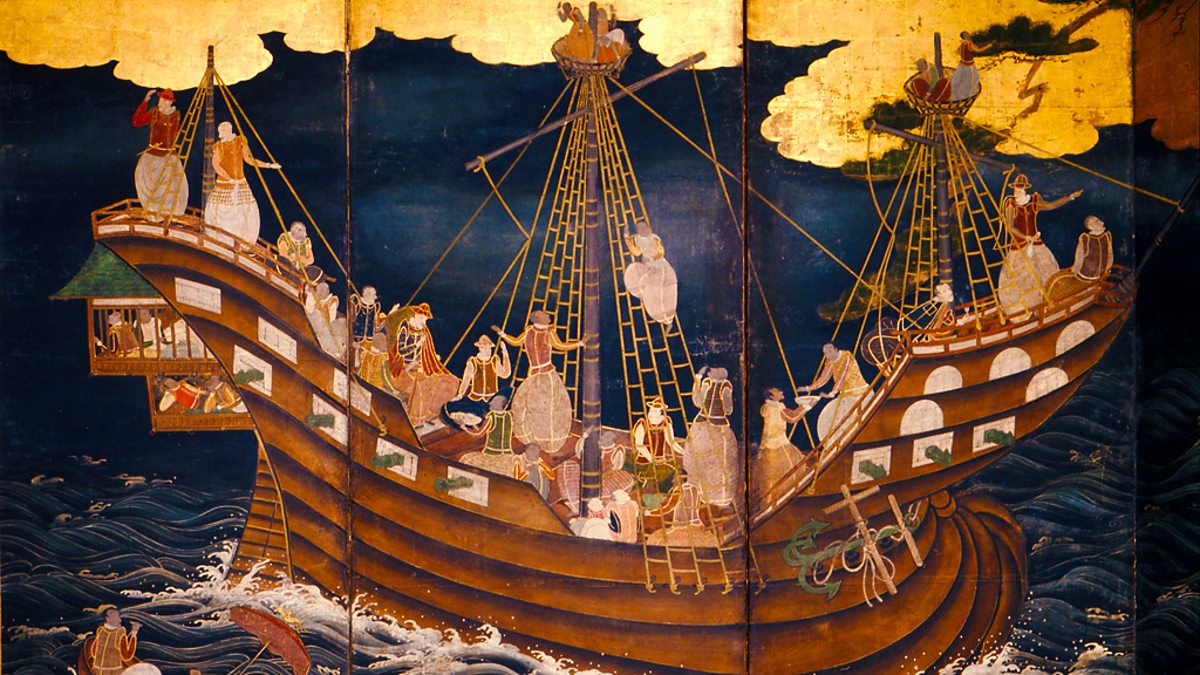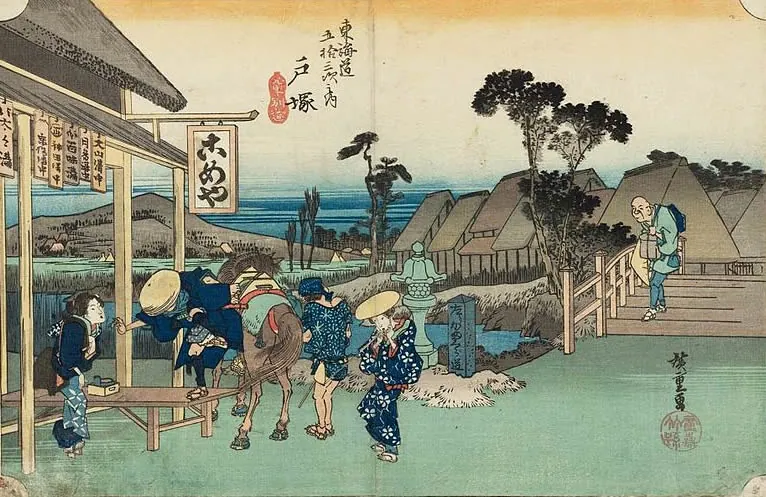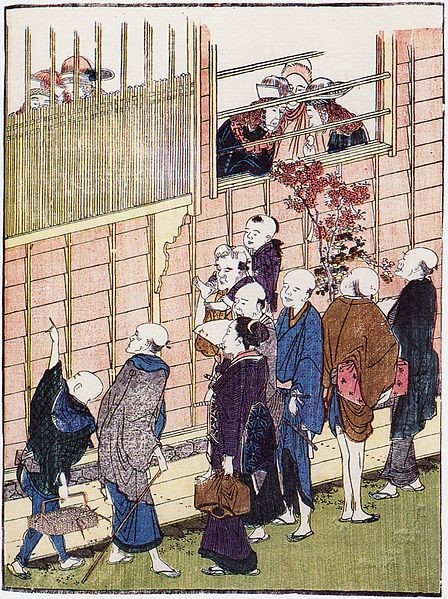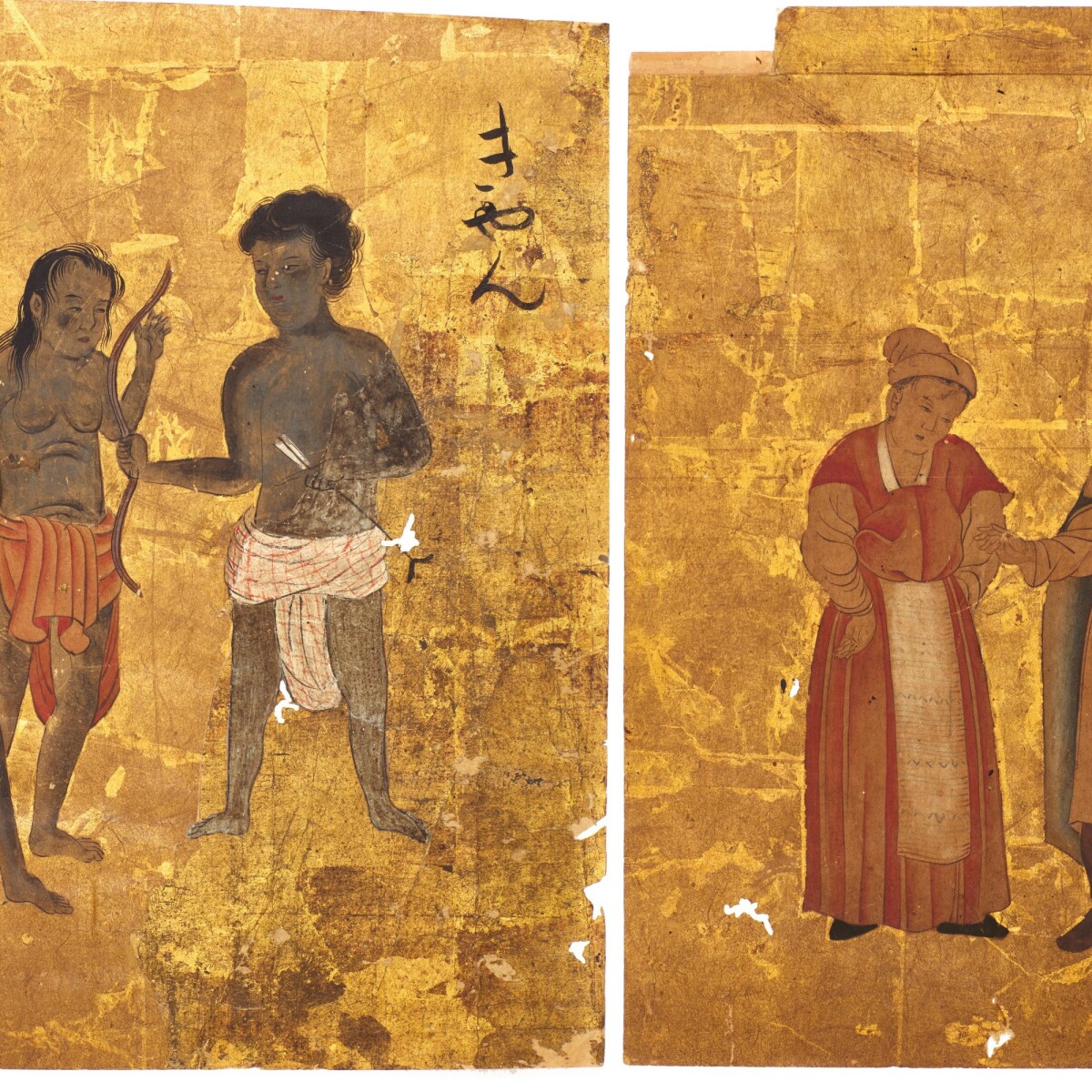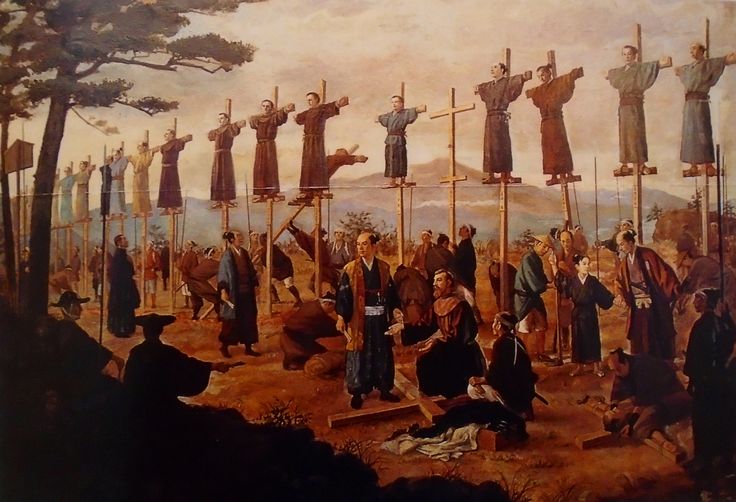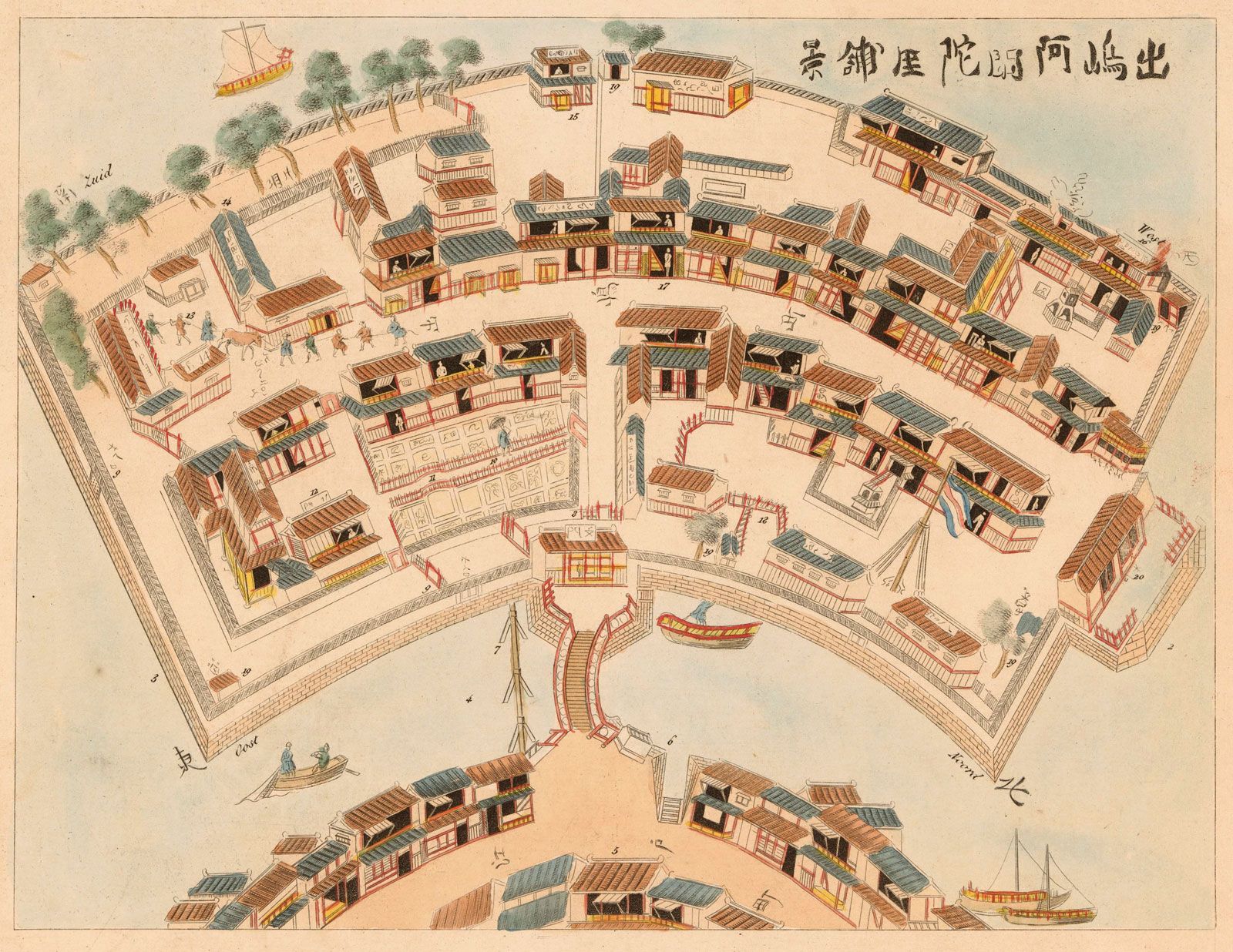Win a Free Trip to Japan!
Experience cherry blossoms and ancient temples
Japan’s Sakoku period, also known as its era of national isolation, represents a fascinating chapter in global history. Instituted in the early 17th century, this policy aimed to shield Japan from foreign influence, profoundly impacting its society, culture, and economic structure. The isolation of Japan was meticulously enforced, with only limited interactions allowed with Dutch and Chinese traders. This epoch saw the rise of the Samurai and Daimyo in maintaining internal order, while Christianity faced severe persecution. The eventual end of Sakoku, marked by Commodore Perry’s arrival, heralded a transformative era, forever altering Japan’s historical trajectory.
The Historical Context Leading to Sakoku
Understanding the isolation of Japan—known as Sakoku—requires delving into its historical backdrop. The Tokugawa Shogunate, which established control in the early 1600s, sought stability after a prolonged period of civil unrest and invasions. The rulers aimed to consolidate power and ensure peace, leading them to adopt seclusionist policies.
Several factors contributed to this decision:
- Foreign Influence: European missionaries and traders had been making inroads into Japan, introducing Christianity and new trade dynamics. This presented a potential threat to the Shogun’s authority.
- Internal Strife: The country had just emerged from the Sengoku period, a time of warring states where local daimyo fought for control. Centralized power under the Tokugawa was necessary to prevent further chaos.
- Resource Management: By controlling foreign interaction, the Shogunate could better manage resources and prevent economic domination by foreign powers.
Contextually, the isolation of Japan was not just a reactionary move but a strategic effort to preserve Japanese sovereignty and culture. This set the stage for the upcoming centuries of seclusion under Sakoku, shaping the nation’s unique development.
The Policy of Sakoku: Japan’s Closed Country Edict
In the 17th century, the isolation of Japan became institutionalized through the Sakoku policy, also known as the Closed Country Edict. This policy, established by Tokugawa Iemitsu in 1633-1639, effectively sealed Japan’s borders for over 200 years, fundamentally transforming the nation’s interaction with the outside world.
Key elements of the Sakoku policy included:
- Strict Border Controls: Japanese citizens were forbidden from leaving the country, and any who attempted to return from abroad faced execution.
- Limited Foreign Contact: Only the Dutch and Chinese were permitted limited trade through the port of Nagasaki, under strict supervision.
- Ban on Christianity: To diminish foreign influence, Christianity was outlawed, and severe persecution of Christians ensued.
Comparison of Access during Sakoku:
| Group | Access to Japan | Restrictions |
|---|---|---|
| Dutch Traders | Limited | Confined to Dejima island, under scrutiny |
| Chinese Traders | Limited | Restricted to specific trade activities |
| Other Foreigners | None | No entry allowed |
This systematic isolation of Japan aimed to preserve the nation’s traditional culture and prevent external political and religious influences. As a result, Japan developed a unique, cohesive society relatively undisturbed by foreign affairs during this period.
The Impact of Isolationism on Japanese Society and Culture
The isolation of Japan, also known as Sakoku, significantly shaped Japanese society and culture. During this period, Japan experienced over 200 years of peace and stability, which had several profound impacts:
Cultural Flourishing:
- Art and Literature: Isolation allowed for the development of unique art forms like Ukiyo-e (woodblock prints) and the flourishing of haiku poetry.
- Theater: Traditional forms such as Noh and Kabuki gained prominence.
Economic Stability:
- Agriculture: Advancements in farming techniques led to increased productivity.
- Craftsmanship: Local crafts, pottery, and textiles reached high levels of sophistication due to reduced external competition.
Social Structure:
- Class System: The rigid social hierarchy, with samurai at the top, became more entrenched.
- Urbanization: Cities like Edo (Tokyo) experienced significant growth.
Educational Developments:
- Schooling: Education became more accessible, fostering a higher literacy rate.
- Confucianism: Adoption of Neo-Confucian principles shaped educational content and moral guidelines.
Overall, the isolation of Japan created a distinct, self-sufficient culture that thrived independently from Western influences, leaving a lasting legacy on its society.
The Exceptions to Sakoku: Dutch and Chinese Trade
Despite the rigorous isolation of Japan during the Sakoku period, certain exceptions existed, particularly in the context of foreign trade. Notably, the Dutch and Chinese maintained limited yet crucial trading relationships with Japan.
Key Points:
Dutch Trade: Unlike other Europeans, the Dutch were permitted to trade due to their willingness to comply with Japan’s stringent regulations. Their trading base was confined to Dejima, a small artificial island in Nagasaki Bay.
- Trade Goods: The Dutch primarily traded silk, sugar, and spices for Japanese silver, copper, and crafts.
- Cultural Exchange: In addition to material goods, the Dutch brought scientific knowledge and developments, influencing Japanese medicine and technology.
Chinese Trade: The Chinese held a more privileged status due to their long-established relations with Japan.
- Trading Hub: Trade took place in Nagasaki, particularly enriching local merchants and maintaining a flow of cultural exchange.
- Commodities: Items such as silk, porcelain, and books were exchanged, fostering economic ties and intellectual stimulation.
These trade relationships, while limited, provided Japan with invaluable resources and knowledge, subtly impacting Japanese society even during its self-imposed isolation. Through the selective trade with the Dutch and Chinese, Japan maintained a controlled yet important connection with the broader world.
The Role of the Samurai and Daimyo During Isolation
During the isolation of Japan, the Samurai and Daimyo played crucial roles in upholding and enforcing the policies associated with the Sakoku period. The Tokugawa Shogunate relied heavily on these feudal lords and warriors to maintain control and stability within the country. Here are some of their key functions:
- Enforcers of Sakoku: The Samurai acted as enforcers of the Sakoku edicts, ensuring that no unauthorized foreign interaction occurred.
- Local Governance: The Daimyo, powerful feudal lords, governed their respective domains, maintaining order and collecting taxes.
- Social Order: Both Samurai and Daimyo reinforced the rigid social hierarchy, ensuring that the isolation of Japan minimized internal conflicts.
- Military Readiness: Despite the extended peace, Samurai were expected to remain combat-ready to defend Japan against possible foreign invasions.
Comparison Table: Roles of Samurai vs. Daimyo
| Aspect | Samurai | Daimyo |
|---|---|---|
| Primary Role | Enforcers and warriors | Feudal lords and administrators |
| Social Status | High-ranking warriors | Upper echelon of nobility |
| Responsibilities | Law enforcement, protection | Governance, taxation |
| Military Involvement | Direct combat readiness | Strategic defense management |
In essence, the Samurai and Daimyo were indispensable in maintaining the isolation of Japan, contributing to the nation’s internal stability and resistance to external influences during the Sakoku period.
Christianity and the Persecution of Christians in Japan
The isolation of Japan, especially during the Edo period, led to severe persecution of Christians. Authorities viewed Christianity as a direct threat to Japanese culture and the shogunate’s power. As a result, the Tokugawa shogunate implemented harsh measures to suppress the growing influence of Christianity.
Key Points of Persecution:
- Prohibition of Christianity (1614): The shogunate banned Christianity outright, ordering the expulsion of missionaries and the demolition of churches.
- Fumi-e Practice: Officials used images of Christ and Mary which suspected Christians had to step on to prove their rejection of the faith. Failure to comply often led to execution or torture.
- Hidden Christians: Many believers went underground, practicing their faith in secret. These “Kakure Kirishitan” preserved their religious traditions while adapting them to avoid detection.
| Policy | Description |
|---|---|
| Ban of Christianity | Complete prohibition and expulsion of missionaries. |
| Fumi-e | Practice to identify Christians through forced desecration. |
| Hidden Christians | Secretly practiced religion to avoid persecution. |
Despite the relentless persecution during the isolation of Japan, the resilience of these hidden Christians stands testament to their unwavering faith.
The End of Sakoku: Commodore Perry and the Opening of Japan
The isolation of Japan, known as Sakoku, persisted for over two centuries until the arrival of Commodore Matthew Perry in 1853. Perry’s mission was to open Japanese ports to American trade, which marked a significant turning point in Japanese history.
Key Events Leading to the End of Sakoku:
- 1853: Commodore Perry arrives in Edo Bay with a fleet of four black ships, demanding that Japan open its ports.
- 1854: The signing of the Convention of Kanagawa, which officially ended Japan’s isolation policy, allowing limited trade with the United States.
- Subsequent Treaties: Following the Convention of Kanagawa, Japan signed additional treaties with other Western powers, leading to increased foreign influence and trade.
Comparison of Japan Before and After Perry’s Arrival:
| Aspect | Before Perry | After Perry |
|---|---|---|
| Trade | Restricted to Dutch and Chinese | Open to multiple Western countries |
| Foreign Influence | Minimal | Increasing foreign presence |
| Technological Advancement | Limited | Rapid adoption of Western technology |
Commodore Perry’s expeditions effectively ended the isolation of Japan, initiating an era of rapid social, economic, and technological transformations known as the Meiji Restoration. This marked the beginning of Japan’s transition from a feudal society to a modern, industrialized nation.
Frequently Asked Questions
What was the Sakoku policy in Japan?
Sakoku was a policy implemented by the Tokugawa shogunate during the Edo period, starting in 1633. This policy effectively isolated Japan from much of the outside world for over two centuries. Under Sakoku, Japanese citizens were forbidden to leave the country, and foreigners were largely barred from entering. Trade was strictly controlled and limited to a few select ports and nations, particularly the Dutch, Chinese, and Koreans. This isolationist stance allowed the shogunate to maintain internal stability and control over the country.
Why did Japan adopt the Sakoku policy?
Japan adopted the Sakoku policy primarily to maintain internal stability and prevent the influence of foreign powers, particularly European colonizers and missionaries. The Tokugawa shogunate aimed to prevent the spread of Christianity, which they saw as a threat to their rule and the existing social order. Additionally, by strictly controlling foreign trade and interaction, the shogunate could maintain a monopoly on international dealings, ensuring economic benefits were concentrated within the ruling elite.
What were the impacts of Sakoku on Japanese society and culture?
The Sakoku policy had profound impacts on Japanese society and culture. On one hand, it allowed for a period of prolonged peace and stability under the Tokugawa shogunate, known as the Edo period. The isolation from foreign intervention led to the development of a unique Japanese culture, flourishing in areas such as art, literature, and traditional crafts. However, Japan also missed out on technological advancements occurring in the wider world, which later put it at a disadvantage when the country was forced to open up to foreign trade and influence in the mid-19th century.
How did Sakoku come to an end?
Sakoku came to an end in the mid-19th century under increasing pressure from Western powers, particularly the United States. In 1853, Commodore Matthew Perry of the US Navy arrived in Japan with a fleet of “black ships” and demanded that Japan open its ports to international trade. The subsequent signing of the Treaty of Kanagawa in 1854 marked the beginning of the end for Sakoku, leading to the eventual opening of Japan to the global community and the modernization efforts of the Meiji Restoration.
